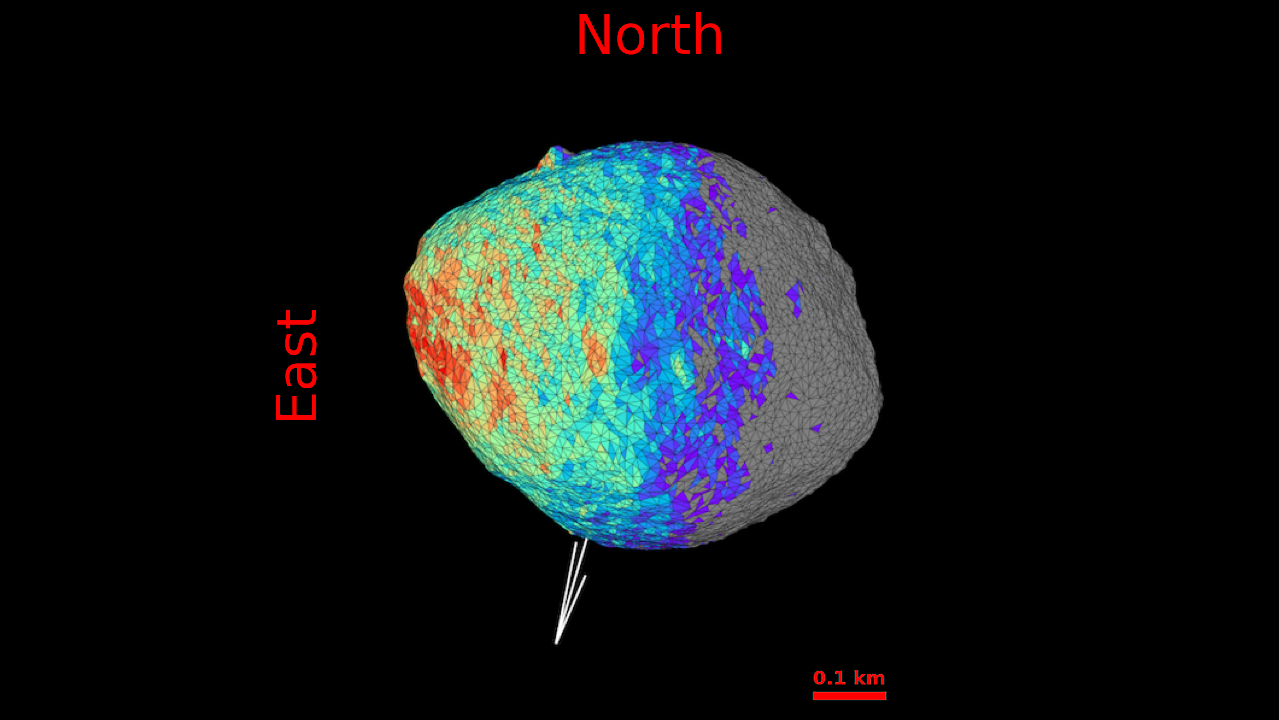A new web-based application has been launched to facilitate the simulation and analysis of rotational light curves for small airless bodies in the Solar System. This innovative tool allows users to define specific geometrical and physical conditions, making it a significant resource for researchers in astrophysics.
Developed using Python and Django, the application incorporates both physical and empirical photometric models. Users can input custom shape models, surface properties, and viewing geometries tailored to their specific needs. A notable feature of the tool is its dedicated module that computes projected silhouettes during stellar occultations, enabling direct comparisons with observed data.
Validated Performance with Key Targets
The application has undergone rigorous validation using well-characterized targets such as (136108) Haumea, (101955) Bennu, and (433) Eros. Results indicate a high level of agreement between synthetic light curves and actual observations, demonstrating the tool’s reliability in producing accurate simulations.
This platform goes beyond standard light curve simulations. It also accommodates scenarios involving surface heterogeneity, non-principal axis rotation, commonly known as tumbling, and phase-angle effects. These features enhance the tool’s versatility, making it applicable to a wide range of astrophysical research.
Implications for Future Research and Mission Planning
By providing a flexible and accessible resource, this application supports ongoing observation campaigns and aids in the planning of future space missions. The ability to analyze complex light curves and surface characteristics can significantly contribute to the understanding of small Solar System objects.
The tool’s launch on October 3, 2025, marks a significant advancement in the field of astrophysics, promoting further exploration and analysis of celestial bodies. Researchers and institutions can access the application through the official release on October 8, 2025, offering a powerful new methodology for interpreting photometric data.
This development underscores the importance of integrating advanced computational tools in astrophysical research, paving the way for enhanced understanding and discovery in the study of the Solar System.





































































